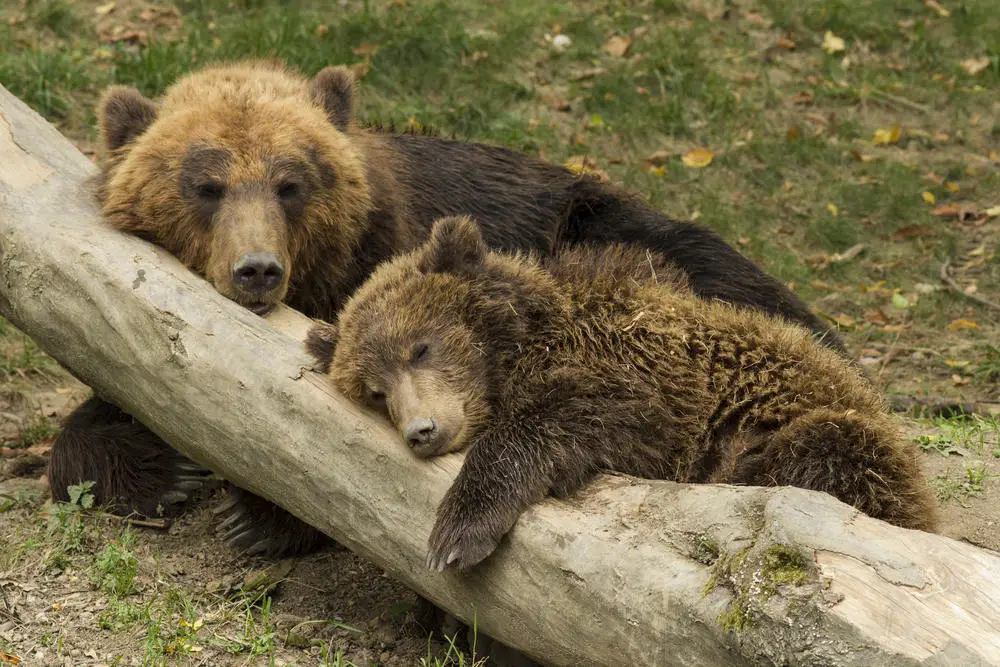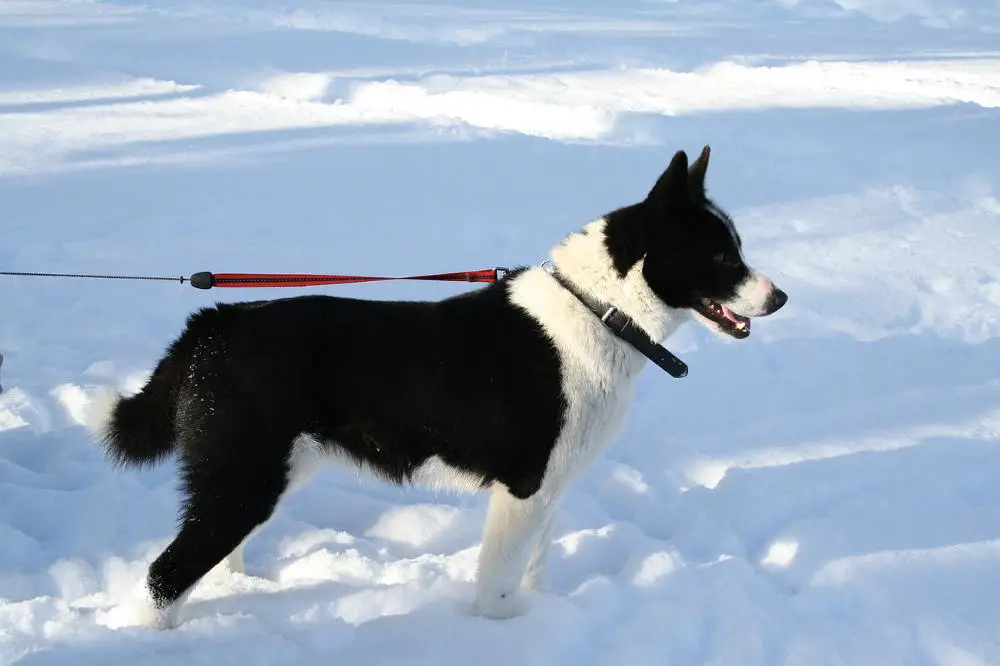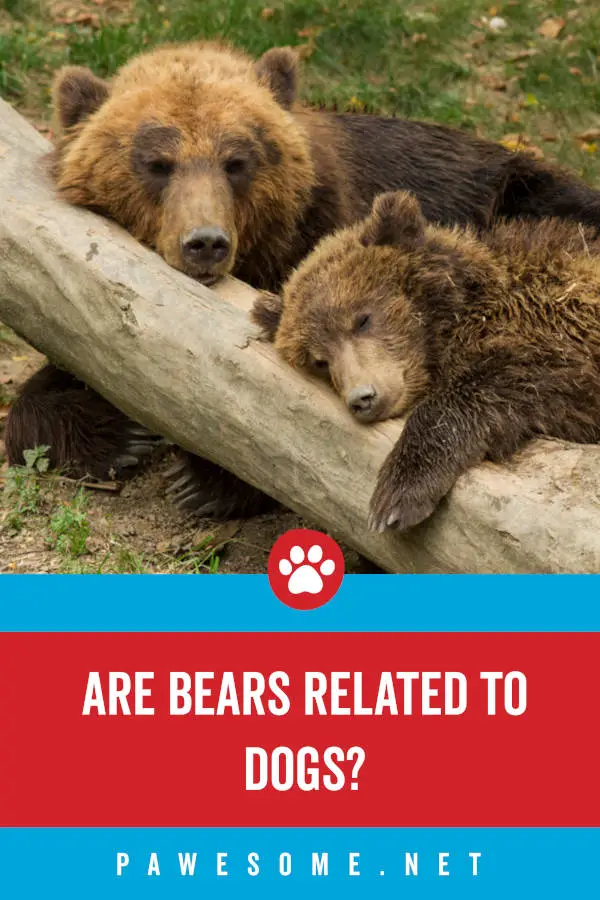 We are often asked to choose between dogs and cats. Some pick man’s best friend, the others show unfaltering love for the felines. But how do you feel about bears?
We are often asked to choose between dogs and cats. Some pick man’s best friend, the others show unfaltering love for the felines. But how do you feel about bears?
And have you ever wondered if dogs are just smaller (or bigger, depending on the breed) bears? Truth is, both cats and dogs, among other species, have a common ancestor with bears.
However, that connection got snapped a long time back and they are hardly related to each other anymore. Today’s cats, dogs and bears all belong to a larger group called Carnivora. What’s the connection? Let’s see.
Are Dogs and Bears Related?
Dogs and bears are not directly related, but they do share an evolutionary relationship. They both are in the Caniformia group, along with wolves, jackals and seals, but that group is a huge umbrella of species. Narrowed down further, dogs are part of the Canidae family and bears are part of the Ursidae family.
The Break-Up
Unlike what the name hints at, not all Carnivora are exclusively meat eaters. That is only the beginning of the differences between the many species under this umbrella.
Around 43 million years ago, the Carnivora order broke into two groups called Caniformia more like a dog and Feliformia more like a cat. While there is no direct connection, dogs and bears share an evolutionary relationship.
The Caniformia group includes dogs, bears, wolves and jackals. It is a huge umbrella of species ranging from cats and dogs to raccoons and even seals. The ancestry of today’s domesticated dogs can be traced back to modern-day gray wolves.
Recent studies of dog DNA suggest that dogs and gray wolves these species evolved side by side over 100,000 years ago. Following that, at some point, dogs were domesticated by humans because they were great warning systems and made good teammates on a hunt.
Once we started farming, their fondness for starch made it easier to get food for both man and dog. Because humans could obtain food for themselves and their companions without having to hunt every day.
In return, dogs got shelter, food and became best buddies with human beings. How and when this domestication happened is unclear and is, in fact, a bit of a controversy.
Similar Even If Not Same
Looks
Some dogs look like a homely version of ferocious bears (for example, Tibetan mastiffs and Chow Chows) while some others look like Teddy bears (for example, Akitas and Goldendoodles). That’s not a coincidence.
Both dogs and bears also have long snouts, claws that do not retract and an excellent sense of smell. In fact, a recent discovery has shown that both dogs and bears (among other species) come from a small, tree-dwelling mammal called Dormaalocyon latouri.
It is reportedly the most primitive known member of the Carnivora group.
Food
Dogs and bears are both facultative carnivores. This means, they prefer meat but can survive on other sources too.
Both creatures have sharp teeth that allow them to hunt their prey but they like food that is not all meat.
Digging
In the olden days, carnivores used to build their burrows by digging the earth. That is something even modern-day bears, dogs and even cats do. They’ve just customized their reason to do so.
How Very Different
The Caniformia order further split into the Canidae family, to which dogs belong and Ursidae family, to which bears belong. This is where they became different species and hence cannot be bred together to make some kind of a hybrid animal.
- Wild vs Domestic: Even though a Tibetan mastiff puppy can be confused for an Asiatic black bear, it doesn’t change the fact that bears are wild animals and dogs are domestic pets.
- Chromosomes: Dogs have 78 chromosomes and bears have 74, which is what makes them different species. Do not look for a hybrid.
- Thwarting an Attack: This sounds whimsical but it’s true. Regular human pepper sprays can be used to stop a dog (although why one would have to do that is puzzling) but bear sprays should be used in case you get into trouble with them in the wild. They are made exclusively for that purpose and have to be manufactured while meeting certain requirements, one of which is that they are humane to the bears. So don’t try to use regular pepper spray on bears while on a camping trip.
- Response to Human Presence: While dogs have earned the tag of man’s best friend, bears actually don’t like any human presence near them. The only reason they will tolerate us is if we are hanging out near their food source and they don’t want to give up on their meal.
Then What Are Bear Dogs?
If you haven’t heard of bear dogs, it’s probably because they became extinct about five to 10 million years ago. They were a part of the Caniformia order and first appeared around 55.8 to 23 million years ago when the earth was full of thick vegetation and temperatures were around 86 degrees Fahrenheit.
It was a distant relative, like a cousin some say, but neither a bear nor a dog, contrary to what the name suggests. They are referred to as Amphycionids and were one of the largest predatory mammals ever found on our planet.
They were dog-like in terms of body proportion but had the built of a bear. Believed to have originated in North America, some of them moved to Eurasia. Over a period of time, they grew in size with some of them growing as big as polar bears.
Hunting was easy and they had a great run. But that came to an end when other species like hyenas, big cats and bone-crushing dogs arrived on the scene. That along with climate change.
Where Did Karelian Bear Dogs Come From?

No. Karelian bear dogs are just dogs. They are neither a hybrid of a bear and a dog nor a bear dog. They are a Finnish breed, originally kept by Russian and Finnish farmers as a hunting dog and watchdog.
Black and white dogs from Russia’s Karelia region were bred together for a sturdy dog with a big bark. Result? The Karelia bear dog, one of the top 10 common breeds in Finland.
It is primarily a hunting dog but it can be trained for search and rescue trials and also be used as a sled dog.
So We Can Conclude That…
That bears and dogs used to have a common ancestor many, many moons ago but today’s dogs and bears are not related. That rings true even if some of our domesticated darlings look like bears and sometimes might even act like them.

